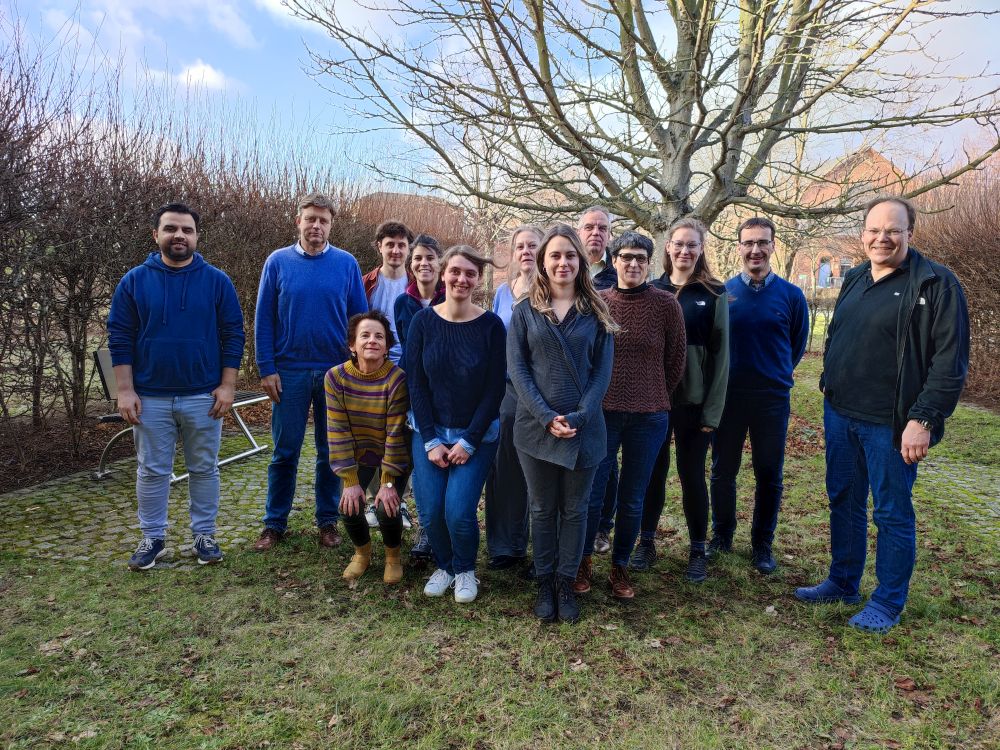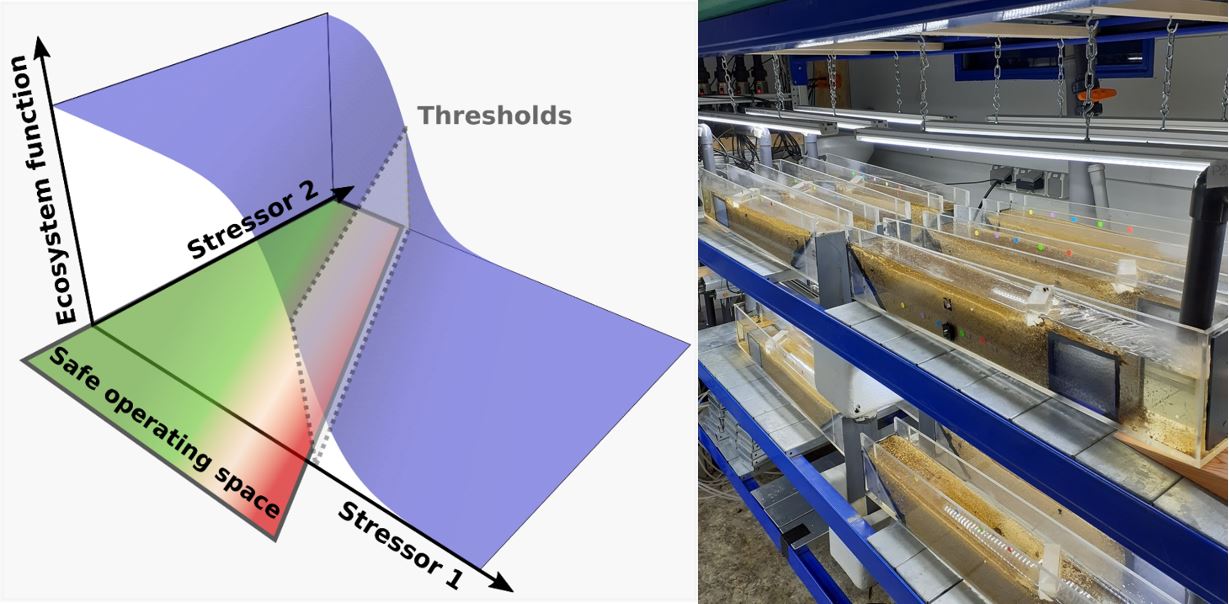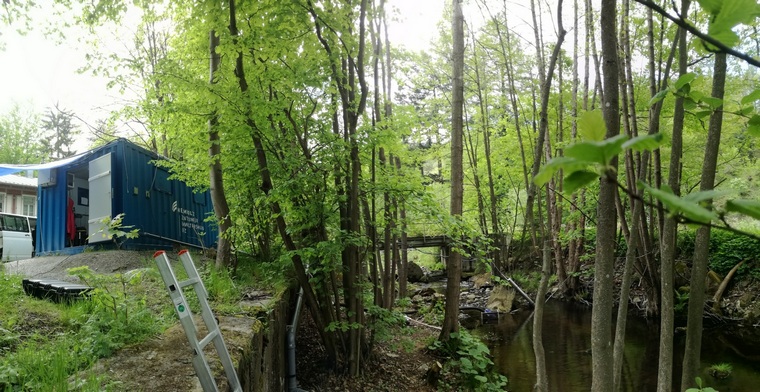
 AssessStress: Stressor thresholds and multi-stressor assessments for aquatic ecosystems
AssessStress: Stressor thresholds and multi-stressor assessments for aquatic ecosystems
Platform Project - PP2.4
Multiple anthropogenic stressors affect the ecosystem structure and functions of streams and rivers. AssessStress studies the interactions of these stressors and stressor thresholds for a mechanistic understanding via combining factorial mesocosm experiments with data analysis and ecosystem modelling. The ultimate goal of AssessStress is to enable knowledge-based management of running waters within sustainable boundaries in future environments.
Background and scientific challenges
Multiple stressors interact on freshwater ecosystems, driven mainly by human impacts. Individual stressors are well studied, but the effects of stressor combinations on specific aspects of ecosystem structures, functions and services are unknown. This knowledge, however, is essential to make efficient management decisions that enable multi-faceted optimization. Furthermore, the response of ecosystems to stressors is not always linear but frequently follows a sigmoidal function with a relatively clear threshold, i.e. the point where a small increment in the stressor intensity causes a large change in the ecosystem. Controlled experiments under near-natural conditions in mesocosms have the potential to identify mechanistic linkages between multiple stressors and their interactions and the ecosystem response, quantify thresholds and establish stressor hierarchies. Furthermore, data analysis approaches covering numerous systems over a large scale can answer questions about the generality of those relations and thresholds and incorporate network and landscape aspects. Finally, mechanistic models can subsume and translate this knowledge into a common, mathematical framework to explore alternative future scenarios regarding management measure, land-use and climate changes.
Aim
AssessStress will determine thresholds for the multiple stressors co-acting on freshwater ecosystems, establish stressor hierarchies, and thus inform a multi-faceted, knowledge-based management. Combining controlled factorial experiments with data analysis and ecosystem modelling will yield a mechanistic understanding of multiple stressor effects on multiple scales and predictions on potential mitigation and management strategies.

Contents and envisioned outcome
AssessStress develops specific hypotheses based on field observations, that will subsequently been tested through mechanistic experiments in the laboratory and in mesocosms and combined with in silico models. These computer models derive their parametrization in terms of stressor hierarchies and thresholds from the experimental tests, but expand them beyond the range of values measured experimentally. Thereby, these models will also have the power to predict for future scenarios, yet unrealized in nature, such as land use and climate change. This project is scheduled for the entire POF IV period (2021-2027) and will yield a number of specific products:- Determination of stressor hierarchies, relevant stressor combinations and stressor thresholds for freshwater ecosystems in Central Europe.
- Predictive models (i.e. conceptual and computer models) of stressor-function relationships that can be incorporated into adaptive management strategies for surface waters.
- Multi-stressor assessments with water management and ecosystem restoration perspectives, including future land-use and climate change scenarios.

